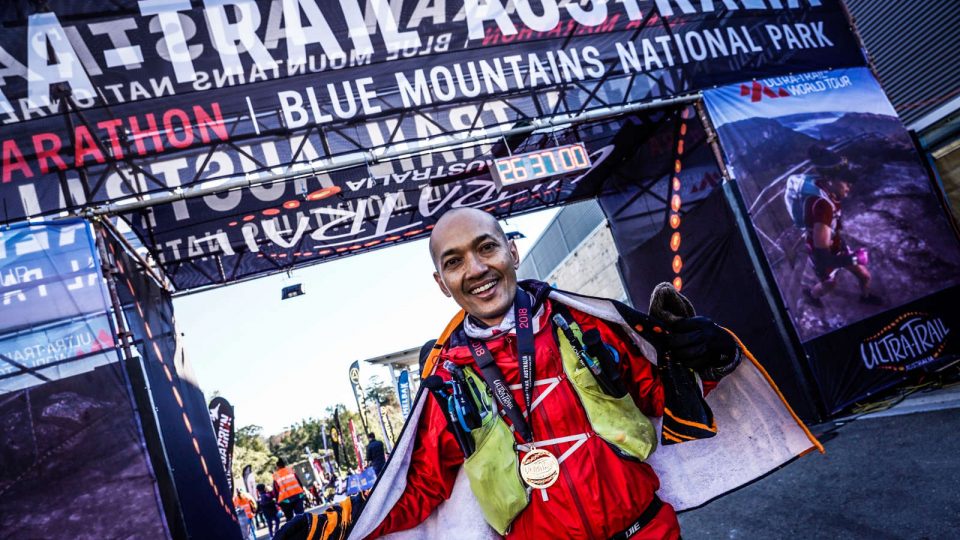It’s funny how life works, sometimes. As some would say, one trail leads to another, pun intended.
Last September, I barely had less than two weeks’ notice to cover the biggest road running event in Australia, the Blackmores Sydney Running Festival. Hosted by Destination New South Wales tourism office, I ran the full marathon course and had a media familiarisation trip to the scenic Blue Mountains the following day.
Being a trail running enthusiast, I got to know from the DNSW media famils officer that Scenic World – the “must see” destination when you are in Katoomba – is the start and end points of UTA. One introduction led to another – from the marketing folks at Scenic World, to the General Manager of Fairmont Resort Blue Mountains, and finally to Adventure Racing Outdoor Challenges or AROC, the race organiser of UTA.
Eight months later, it was déjà vu to be standing again at Scenic World – with butterflies in my stomach – as I stood on the starting line to embark on my 100km trail journey in the largest trail event in the southern hemisphere.
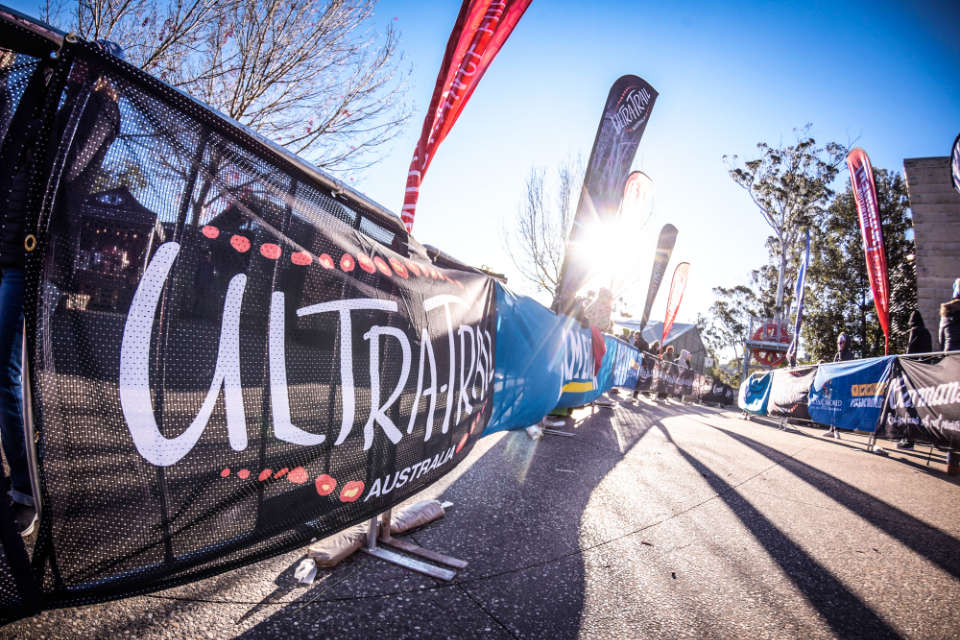
About Ultra-Trail Australia
UTA Australia was started by a husband and wife team of Tom Landon-Smith and Alina McMaster. It started life in 2008 with only 175 runners for a single 100km distance event. Over the years, 50km, 22km and UTA951 steps categories were added to cater to growing demand. In 2014, when Ultra-Trail World Tour started, UTA was one of eight founding races. UTWT has since expanded to 21 races in this year.
A few days prior to this year’s race, Tom and Alina made a surprise announcement that UTA has now been acquired by Ironman. This piece of news was mainly greeted with positivity, although there were critics against them too. At the competitor briefing on a pre-race evening, Ironman Oceania Managing Director Dave Beeche took to the stage to assure runners that Tom would continue to direct the race and that Ironman would stick through to the concept of this event.
Having played various roles within this mass participation sports industry, I am positive of this news as I think Ironman would have the necessary muscle to cement UTA as the go-to trail event in Australia.
On the event weekend, while everything went smoothly, I could sense that the current resources were probably reaching maximum capacity and any future resource injection would definitely be of help. As well, Dave also ran the 100km race last year, so you know that the acquisition was done by someone who also has knowledge and experience of a runner.
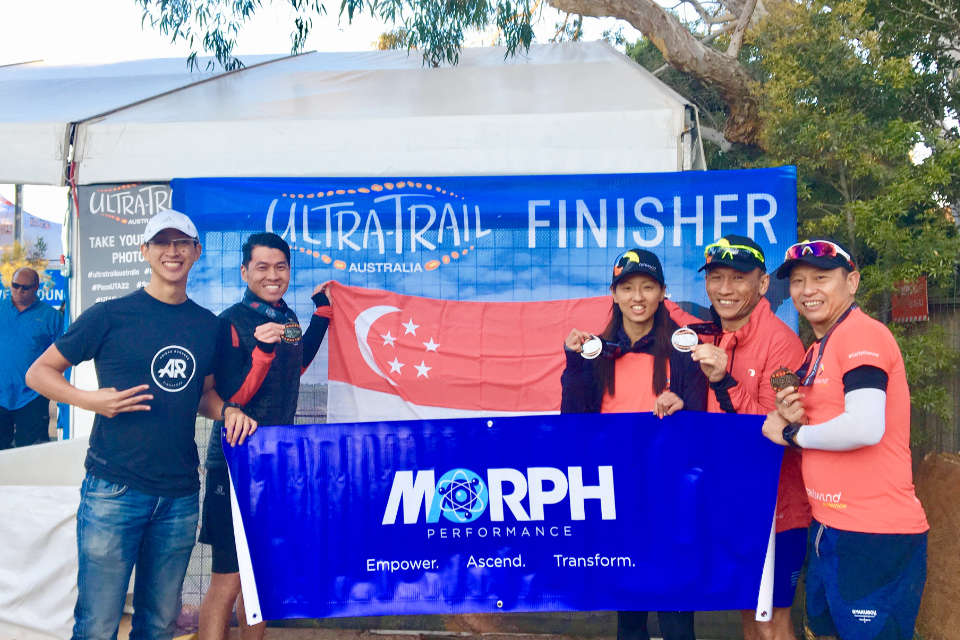
2018 Edition
For this 2018 edition, there were 58 Singaporeans, including 25 that started the 100km event.
| UTA Category | Elevation | No. of Runners | Champion – Men | Champion – Women |
|---|---|---|---|---|
| 100km | 4400m+ | 1293 | Brendan Davies 09:18:10 hrs |
Kellie Emmerson 11:05:48 hrs |
| 50km | 2400m+ | 2075 | Sam Burridge 04:34:55 hrs |
Cecilia Flori 05:00:22 hrs |
| 22km | 1200m+ | 2183 | Ben St Lawrence 01:35:23 hrs |
Lucy Bartholomew 01:49:54 hrs |
| 951 steps | 220m+ | 121 | Mark Bourne 00:08:25 hrs |
Elizabeth Humphries 00:10:32 hrs |
The bulk of registrations are in the 50km and 22km distance categories respectively. These are the sweet spot distances for trail enthusiasts. However, from my observations, if you are transiting from road running to trails, then do take a mental note to double the time to complete the same distance – with elevation, terrain, and temperatures being key drivers.
Looking at the elites’ results above, basically, they fly through the course. To complete within 3.5 hours, 9 hours, and 20 hours for 22km, 50km, and 100km distance categories are indeed respectable timings for mere mortals.
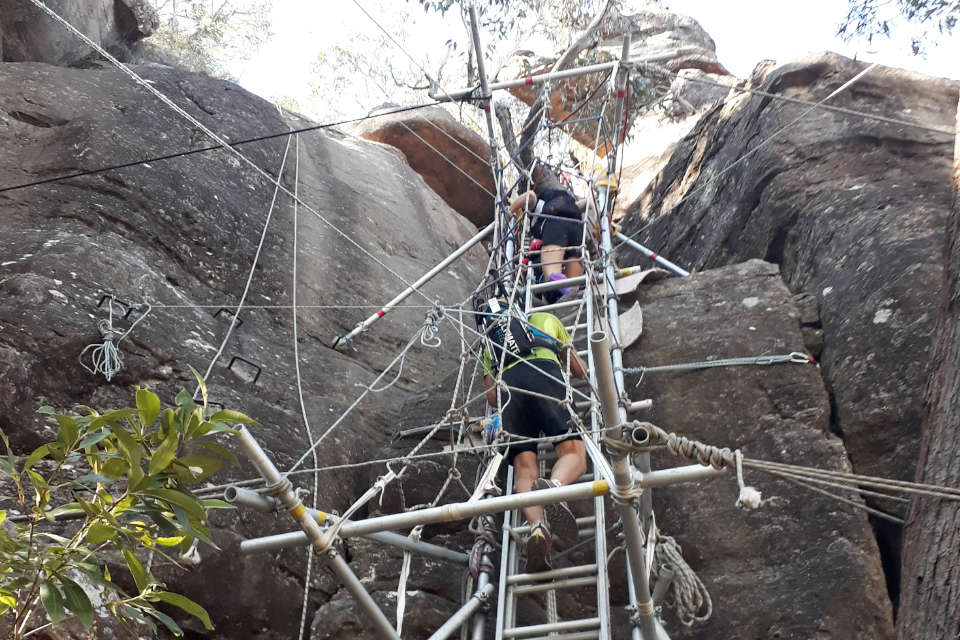
Journey to UTA100
Training towards UTA in tropical Singapore was challenging for me. I had been informed that the UTA course is “not too technical, run-able” yet littered with thousands of stairs to climb. MacRitchie Reservoir Park and Bukit Timah Nature Reserve would probably be as close as Singapore residents could get to mimic the UTA scenario. vOf course, our low altitude, high temperature, and humidity did not contribute to this cause. However, I reckon that is also part of the lure of racing overseas, with lots of surprises and unknown factors to deal with.
With the race set of Saturday, I flew off to Sydney on Thursday morning. On board, there were a few lone runners like me, small groups as well a big F1 Runners group on Scoot airline. Immediately upon reaching Sydney, I set off directly to Katoomba on the train from Kingsford Smith airport via Central Station. The train rides took just under three hours.
On pre-race Friday, I went to the race expo, collected my bib with the auspicious number 1000, underwent the mandatory gear check and placed my checkpoint bag in the allocated truck. Later in the evening, a competitor briefing was held for UTA50 and UTA100 participants. Earlier in the day, UTA22 had taken place and the winners were on stage to share their experiences.
Saturday kicked off well with a short trip on the free shuttle bus to Scenic World. Starting in the penultimate wave 6, runners from earlier waves had already started their race when I reached the start point.
The first kilometres of the race were on the roads and then entered into Furber Steps grounds. Lots of beautiful scenery en route to Checkpoint 1 at Narrow Neck at about 1024m altitude and 11.1km covered. The second leg covered Mount Debert and the trip down the famous Tarros Ladders, a set of ladders specially erected for this event. This run leg ended at Dunphy’s Camp after 31.2km, where there were chips and buns available at the food station, in addition to electrolytes and energy foods.
Onwards to Checkpoint 3, and indeed there were some brutal hills to climb, but the views at the top of Ironpot Ridge were rewarding. The course then meandered through to a famous bushwalking trail called Six Foot Track.
At the 45.9km point, I only had to look upwards to enjoy Narrow Neck, where I was a few hours ago. From Checkpoint 3 to Checkpoint 4, there was a lot of climbing; in fact about 480m elevation gain to get back up to Katoomba. I had originally planned to reach this checkpoint before sunset, but missed it by a good half hour; so by this time, the headlights were already switched on, high visibility vests worn.
Checkpoint 4 at Katoomba Aquatic Centre at 56.6km of the race was where runners generally loaded up with proper food, changed clothes and embarked on the second half of the journey. The temperature was getting colder, so I had my baselayers, fleece, jacket, gloves, and beanie on.
However, my race basically went downhill from then on. From here to the water point at Fairmont Resort Blue Mountains at the 68.7km mark, there were thousands of stairs to climb, in the dark, and the weather got too cold for me. I was told it was 3-degree Celsius in Katoomba town; with the wind chill, it was probably 1 deg C in the mountains. By the time I reached this water point, there were at least four persons ahead of me who decided to call it quits at that station as they could not take the cold. First aid crews were top notch and had rendered all the necessary assistance to these runners.
Endless stairs followed, and the body – especially the legs – began to give way even more. Fortunately, a Singaporean runner Marie Choo caught up with me and we were motivated to get to Checkpoint 5 together. By that time, to complete within 20 hours was out of the question as I knew my body would suffer more in the final leg of the race.
Eventually, we arrived at Checkpoint 5 at 77.7k at around 2 a.m. The body was beaten, but the spirit was lifted up seeing a few fellow Singaporeans from Morph Performance. There were a few of them who had completed UTA50 earlier in the day and was there to cheer on their UTA100 friends.
UTA100 saved the best for last, apparently. Being sleep deprived, the final 22km stretch was such a killer. About 8km of continuous downhill busted my knees, then the endless uphill climbs followed. I reckon my body had completely broken down and I succumbed to the cold, and it was just pure mental strength and spirit that took me through another dawn, 951 steps up Furber Steps, and to the cheering crowd at the finish line.
In a short conversation with Jon Fong, coach of Morph Performance who had 19 runners with him on this trip, said,” This course has lots of stairs plus long climbs and steep downhills. It’s important to train with a structured plan that specifically caters for these elements. It’s also helpful to have support from others who have already been through and experienced the race”.
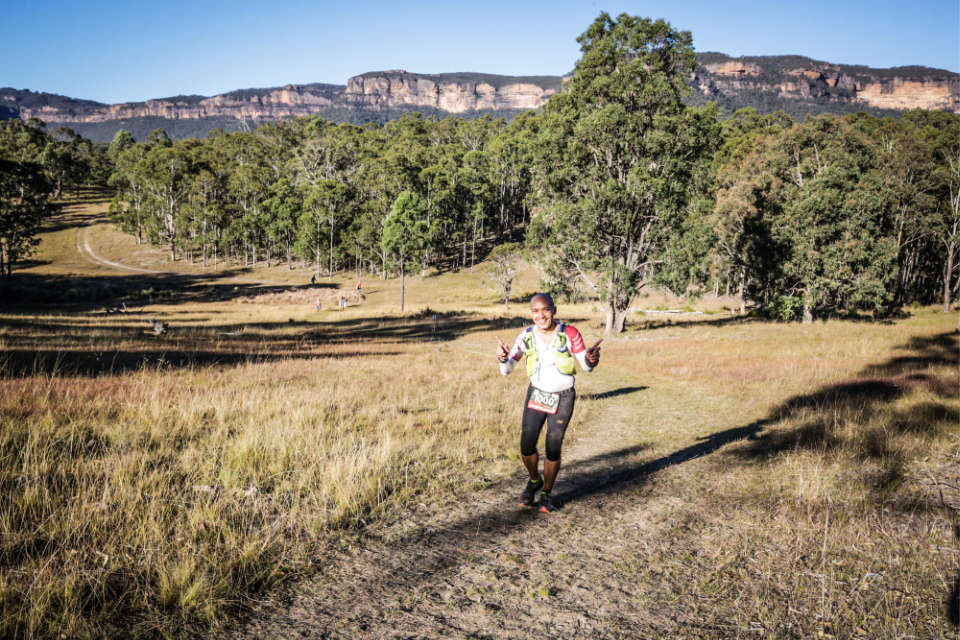
Tips for UTA100 category
- Bring more thermal gears than you need from Singapore. Then decide on the pre-race day what goes into the checkpoint bags or not.
- Buy the best gears you can afford, as they can dictate your comfort or even safety in the race.
- Headlights: I had the minimum 200-lumens light, but it was still dark. Go for 500 lumens or more. And bring lots of extra batteries as they drain easily in the cold.
- If you intend to bring a support crew, Checkpoint 4 is ideal and convenient if they do not have transport.
- Gaiters: a good option if you find loose soil or sand often gets into your shoes.
- Bring home comfort food e.g. cup noodles, if you need something familiar at checkpoints.
- Trekking poles are very useful for the latter part of the race.
General Travel Tips to The Blue Mountains
- Fly into Sydney, then take the trains to Katoomba via Central station. In this way, you will have more time to acclimatise there.
- Taxis are expensive to commute, so you may want to stay near to Katoomba station.
- Australia Customs office is strict with food import; bring what you need preferably commercially packaged food, and declare.
- Moisturise yourself often in the dry conditions. If your skin breaks out prior to race day, then you would be susceptible to blisters.
The UTA100 is my only second-century distance event, and I think it is not an event for everyone. You can train and plan for the race, but unfamiliar conditions with altitude, temperature and terrain means you would need to literally be thinking on your feet to get to the finish line safely. For a mere mortal completing at 25:19:42 hours, my body had broken down much earlier in the race, but it was a journey of self-discovery to appreciate my mental strength. As a statistics nut, I started the race ranked 1040, and ended ranked 926.
This is one race worth returning for, although I would probably do the day friendly UTA50 next time around. Very well organised, safety measures are top notch, and for an 8-hour flight to be in the southern hemisphere running in the scenic Blue Mountains, the experience is priceless.
How was your Ultra-Trail Australia?



